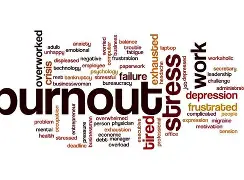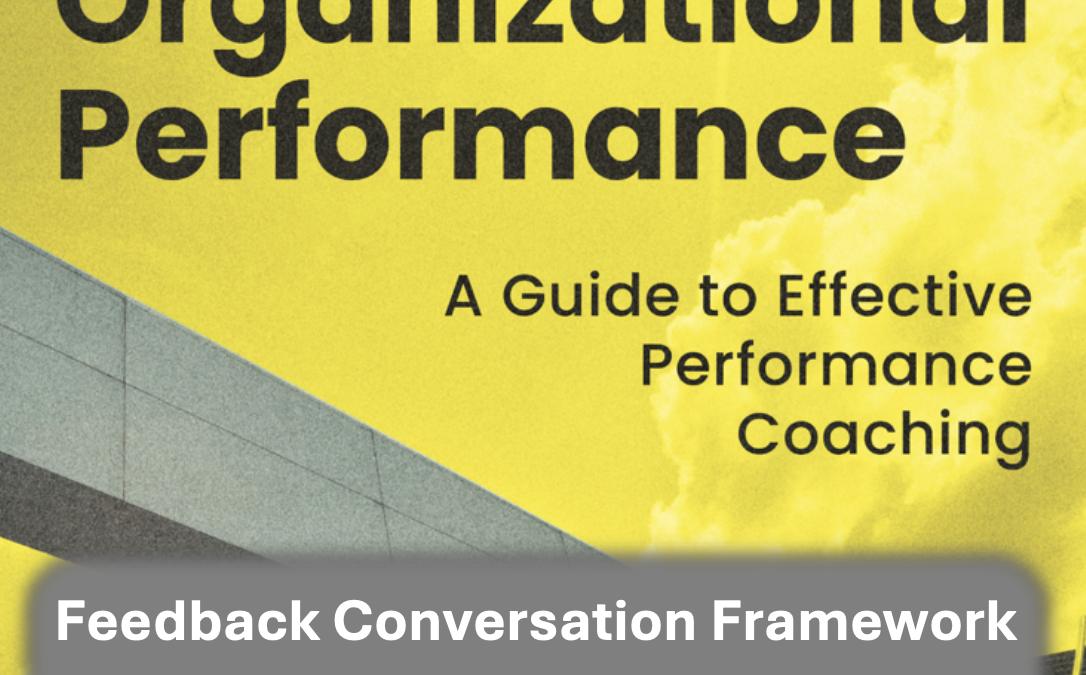Beyond the Annual Review: How High-Performing Organizations Are Reimagining Feedback

The annual performance review is a corporate tradition that has survived decades of workplace evolution. Yet according to research by Gallup, only 14% of employees strongly agree that their performance reviews inspire them to improve. Even more concerning, a mere 8% of HR executives believe their performance management process drives business value.
After 20 years of working with organizations across industries, I’ve witnessed the quiet revolution that’s been taking place: high-performing organizations are abandoning the outdated annual review model in favor of continuous feedback systems that drive engagement, development, and results.
The Fatal Flaws of Annual Reviews
Let’s face it—the traditional annual review is fundamentally flawed:
Delayed feedback loses impact. When an employee receives feedback on something that happened six months ago, the learning moment has long passed. As one executive I coached put it: “It’s like trying to teach someone to drive by reviewing the dashboard camera footage from last year’s road trip.”
Recency bias distorts assessment. Managers tend to focus on the last few weeks of performance, ignoring the previous 10+ months. This creates an incomplete and often inaccurate picture of an employee’s contributions.
They’re backward-looking, not forward-focused. Traditional reviews spend most of their time analyzing past performance rather than creating momentum for future growth.
The anxiety factor. The formality and high-stakes nature of annual reviews trigger our brain’s threat response, making it difficult for employees to process feedback constructively.
The Continuous Feedback Alternative
Organizations thriving in today’s fast-paced environment have replaced the annual review with continuous feedback systems. Here’s what they’re doing differently:
1. Scheduled Coaching Conversations
Leading organizations have implemented regular 1:1 coaching conversations—typically bi-weekly or monthly—between managers and team members. Unlike traditional reviews, these conversations focus primarily on:
- Current challenges and opportunities
- Progress on developmental goals
- Resources needed for success
- Recent wins to celebrate
A technology company I worked with implemented bi-weekly coaching conversations and saw their employee engagement scores increase by 22% in just six months. More impressively, their time-to-market for new features decreased by nearly a third as obstacles were identified and removed more quickly.
2. Real-Time Feedback Mechanisms
High-performing organizations don’t wait for scheduled meetings to address performance. They’ve established cultures where feedback flows naturally as part of daily work:
- Quick debriefs after important meetings or presentations
- Digital platforms that facilitate peer recognition and feedback
- “Micro-feedback” sessions that take as little as five minutes
One healthcare organization implemented a digital platform where team members could share feedback and recognition immediately. Within three months, they recorded over 1,000 specific feedback exchanges that would have previously been delayed or entirely lost.
3. Forward-Focused Development Plans
Instead of annual improvement plans that quickly become outdated, leading organizations use agile development approaches:
- 90-day growth objectives that align with business priorities
- Regular check-ins to assess progress and adjust goals
- Career conversations that happen quarterly, not yearly
A financial services firm I worked with shifted from annual development plans to quarterly objectives. Their internal metrics showed that employees achieved 3.5 times more development goals under this approach, and 78% reported feeling more supported in their professional growth.
4. Multiple Feedback Sources
The best systems recognize that a manager’s perspective is just one data point. Forward-thinking organizations incorporate:
- Peer feedback from collaborators
- Upward feedback from direct reports
- Customer/client perspectives when applicable
- Self-assessment and reflection
One manufacturing company implemented a quarterly “feedback roundup” where team members collected input from various stakeholders. Employee retention improved by 14%, and internal surveys showed that 82% of employees felt the new system was more fair and comprehensive than their previous annual reviews.
Making the Transition
If you’re still stuck in the annual review model, here are practical steps to begin the transformation:
- Start small: Begin with bi-weekly or monthly 1:1 coaching conversations while maintaining your current review process. This creates immediate value while systems catch up.
- Train your managers: Effective coaching conversations require different skills than traditional performance reviews. Invest in developing these capabilities.
- Create psychological safety: For continuous feedback to work, employees need to feel safe receiving and offering constructive input.
- Use technology wisely: Digital tools can facilitate feedback, but they should support human conversations, not replace them.
- Measure differently: Track the frequency and quality of coaching conversations, not just completion of reviews.
The Future of Performance Feedback
Successful organizations do not consider continuous feedback merely a procedural update from yearly reviews to ongoing conversations. These organizations understand this change represents a deep transformation in their talent development and performance management methods.
These organizations treat feedback as an ongoing dialogue which builds trust between employees and managers while driving development and ensuring everyone is on the same page. Managers become coaches rather than evaluators. Employees transform into active contributors to their development instead of passive targets of evaluation.
As one CEO told me after implementing continuous feedback processes: “We’re not just changing how often we talk about performance—we’re changing the nature of the conversation entirely.”Organizations must move beyond annual performance reviews to keep pace with today’s fast-changing business landscape. Successful companies will integrate coaching and feedback directly into normal work practices.


